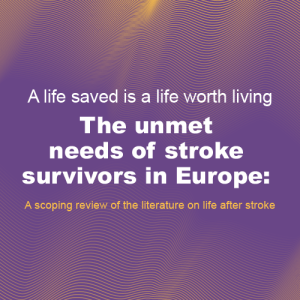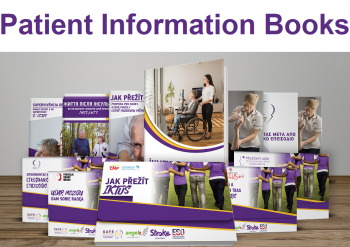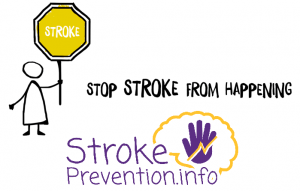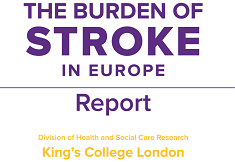Following the news about Sutter Lakeside Hospital’s from Lakeport (USA) staff hitting the streets to bring preventative education to Lake County, we spoke with Sandra Levy, SAFE Vice President.
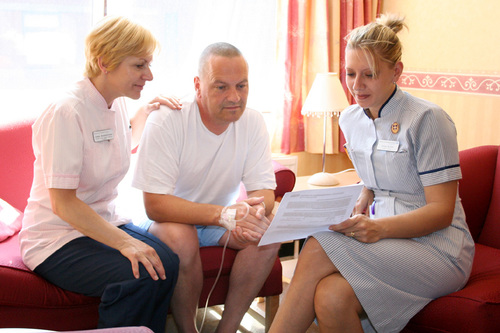
Image credit: nursingschoolhub.com
Sutter Lakeside Hospital’s Project
Beginning Thursday, Oct. 13, hospital staff members pledged to educate five friends or family members about the signs and symptoms of stroke using key ring tabs printed with the “BE FAST” acronym. Over 300 staff members are participating in this project. Staff are participating in the grass roots education initiative as part of SLH’s yearly education fair, a time when staff refresh clinical skills through presentations and hands-on practice.
Sutter Lakeside Hospital serves as the only Certified Stroke Center in Lake County, and uses telemedicine technology to connect patients with top neurointerventionalists at California Pacific Medical Center in San Francisco.
According to Sandra Levy, it is hard to say if it could be generalized to other places, but it’s an interesting idea – very beneficial for Health Centre staff to maintain their contact with the community at large and feel responsible for preventing strokes to the best of their ability. Obviously it is also very beneficial for the public, firstly because of the crucial knowledge they gain and the “buzz” around stroke in the area, leading to more awareness concerning stroke stroke in general and warning signs in particular. The credibility of such a program may be higher if those recruited to inform others were not allied with a private, profit making institution.
It would be interesting to try and create a pyramid for such an activity (having each person informed pass on the information to 5 of his friends) or model of “crowd funding” for recruiting volunteers to do so, said Sandra, adding that she would like to see more accuracy with Sutter Lakeside Hospital’s figures, as the “window” for emergency treatment preventing debilitating effects after a stroke is today generally accepted as 4,5 hours for patients eligible for thrombolytic therapy and 6 hours for those eligible for trombectomy.
Obviously the quicker one arrives at emergency care, the higher the chances of complete recovery, she concluded.

